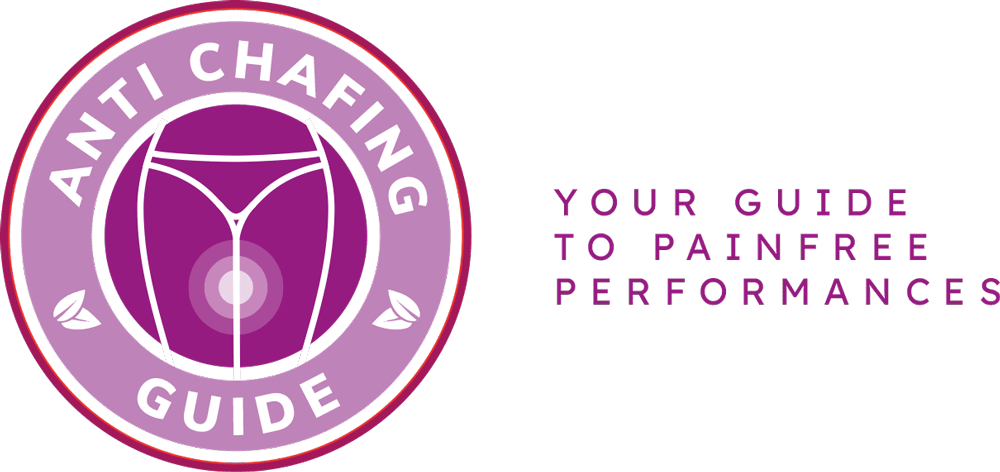Are you tired of dealing with chafing? Say goodbye to those uncomfortable chafing stands and learn how to prevent and soothe chafing with expert tips from a dermatologist. Chafing can be a real nuisance, causing redness, irritation, and even painful blisters. But don’t worry, we’ve got you covered!
In this expert guide, we will delve into the world of chafing, helping you understand what it is, its causes, and the common areas where it occurs on the body. Armed with this knowledge, you will be better equipped to tackle chafing head-on.
But prevention is key! We will also explore effective strategies and techniques to prevent chafing. From choosing the right clothing materials to proper lubrication and hygiene practices, we will cover it all. No more suffering in silence!
So, if you’re ready to bid farewell to chafing stands and take control of your skin’s health, join us on this journey. Say goodbye to chafing woes and hello to a chafe-free life!
Understanding Chafing
Understanding Chafing
Chafing is a common skin irritation that occurs when there is repeated friction between the skin and clothing or skin-to-skin contact. This friction can cause redness, soreness, and even painful blisters. It is most commonly experienced in areas where the skin rubs against each other or against clothing, such as the inner thighs, underarms, groin, and nipples.
There are several factors that can contribute to chafing. One of the main causes is moisture, as sweat can increase friction and make the skin more susceptible to irritation. Tight or ill-fitting clothing can also exacerbate chafing by creating more friction. Additionally, activities that involve repetitive movements, such as running or cycling, can increase the likelihood of chafing.
To better understand chafing, let’s take a closer look at some of the common areas where it occurs:
| Common Areas of Chafing |
|---|
| Inner Thighs |
| Underarms |
| Groin |
| Nipples |
Now that we have a better understanding of what chafing is, its causes, and the areas where it commonly occurs, let’s move on to learning how to prevent and soothe chafing in the next section.
Preventing Chafing
When it comes to preventing chafing, there are several effective strategies and techniques that you can incorporate into your daily routine. One of the most important factors in preventing chafing is wearing the right clothing. Opt for moisture-wicking fabrics that help to keep your skin dry and reduce friction. Avoid tight-fitting clothes that can rub against your skin and cause irritation.
Lubrication is another key aspect of preventing chafing. Apply a generous amount of lubricant or anti-chafing balm to areas prone to chafing, such as the inner thighs, underarms, and nipples. This creates a protective barrier that reduces friction and prevents irritation.
Maintaining good hygiene practices is also crucial in preventing chafing. Make sure to keep your skin clean and dry, especially in areas prone to sweating. Use gentle cleansers and pat your skin dry instead of rubbing it vigorously. Additionally, consider using talcum powder or cornstarch to absorb excess moisture and keep your skin dry.
By following these effective strategies and techniques, you can bid farewell to chafing and enjoy a comfortable, irritation-free experience.
Frequently Asked Questions
- What is chafing?
Chafing refers to the irritation and redness of the skin caused by repetitive friction against clothing or other surfaces. It commonly occurs in areas where skin rubs against skin, such as the inner thighs, underarms, or groin.
- What are the common causes of chafing?
Chafing can be caused by various factors, including moisture, heat, and friction. Activities that involve repetitive movements, such as running or cycling, can also contribute to chafing. Wearing tight or ill-fitting clothing, especially in hot and humid conditions, can increase the risk of chafing.
- How can I prevent chafing?
To prevent chafing, it’s important to wear moisture-wicking and breathable clothing that fits properly. Applying a lubricant or anti-chafing balm to areas prone to friction can help reduce irritation. Keeping the skin clean and dry, especially in areas prone to sweating, can also aid in preventing chafing.
- What are some soothing remedies for chafed skin?
If you experience chafing, it’s essential to keep the affected area clean and dry. Applying a gentle moisturizer or aloe vera gel can help soothe the skin. Avoiding further friction and allowing the skin to heal naturally is crucial. In severe cases, it’s advisable to consult a dermatologist for appropriate treatment.
- Can chafing be a sign of an underlying skin condition?
In some cases, chafing can be a symptom of an underlying skin condition, such as eczema or fungal infections. If you frequently experience chafing or if the irritation persists despite preventive measures, it’s recommended to seek medical advice to rule out any underlying issues.


Keith is originally from Truckton, Colorado. The 54-year-old cared for his overweight wife for many years. Keitch is also a freelance editor at antichafing.net and supports the team as a competent advisor. In his spare time Keith enjoys reading books, visiting his homeland and is a passionate product tester for well-known manufacturers.

